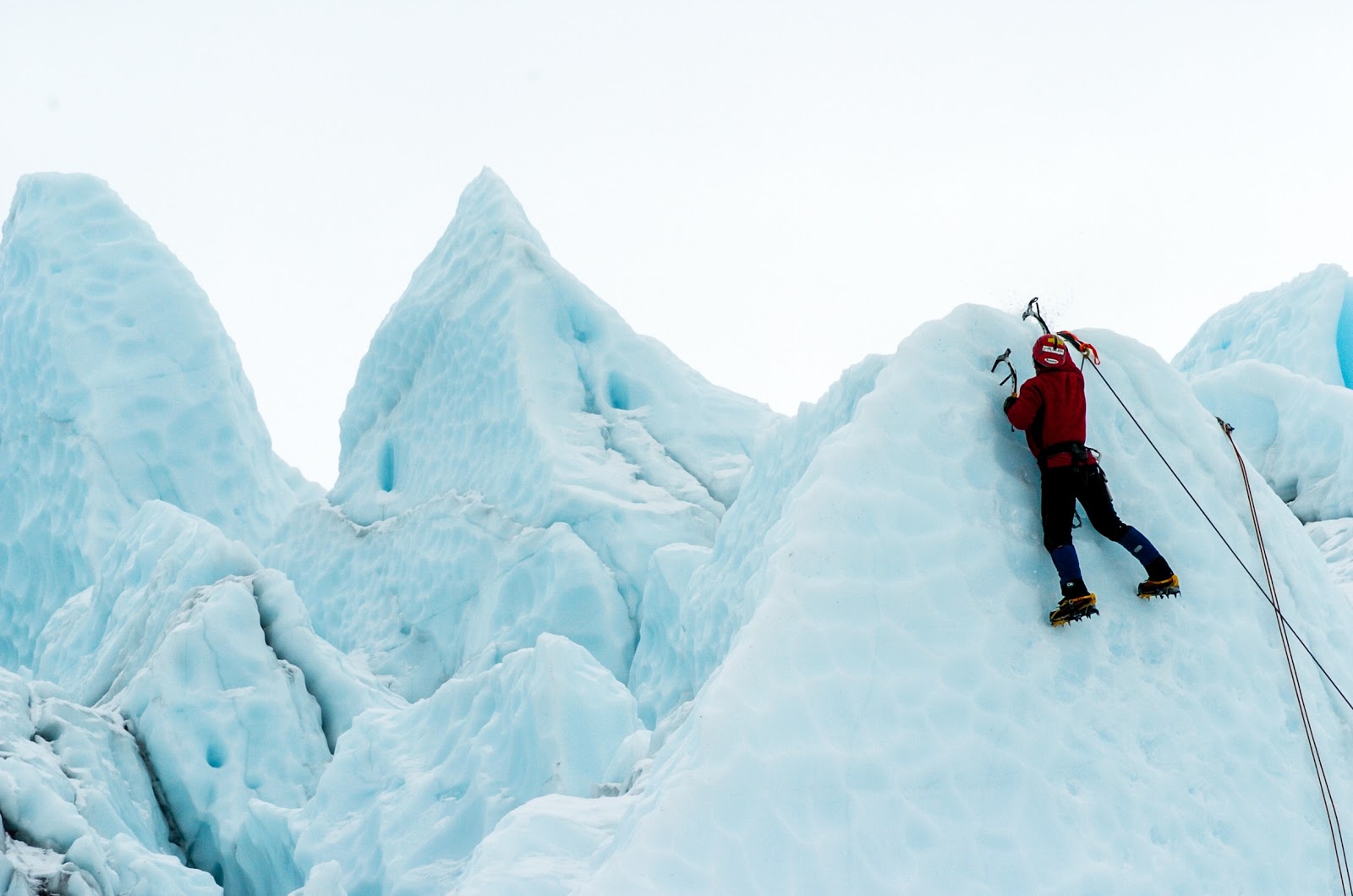
Image: Unsplash
You’ve reached the end of Part 3. You’re close to the end of the course now!
Thank you for taking part.
This week, we covered:
- Biodiversity: we heard how biodiversity is examined by the different Citizen Observatories. We heard about how studies in biodiversity are critical because they can tell us so much about the effects of climate change on natural ecosystems.
- Managing data: specifically data quality and different options for data analysis. We were able to look at an example from the GROW Observatory and experiment with some existing soil sensor data.
- The ways that you can visualise data, and heard from some of the projects’ approaches to share data in more accessible ways.
Now that you’ve learned how to collect and make sense of data, what do you want to achieve in your citizen science project?
Before we jump into next week, it would be great to think about what your original goals were at the start of the course. Think back to some of the tools we covered so far. Have you used any of them? Have you considered what local environmental challenges you could apply them to?
In Part 4, the final part of the course, we will cover:
- How to share citizen science data, what approaches have been used and channels for getting the word out.
- What ways we can track the change made from our citizen science efforts.
- Other types of activism projects that can help inspire you or get you started on your own call to action.
It will be an exciting part and we look forward to seeing you in Part 4!
Last modified: Wednesday, 21 April 2021, 5:14 PM
